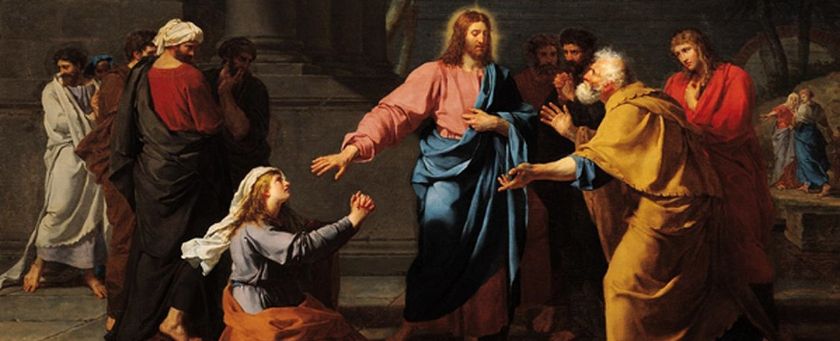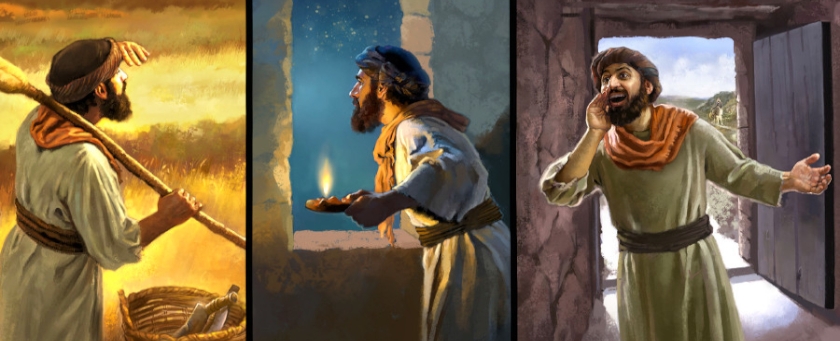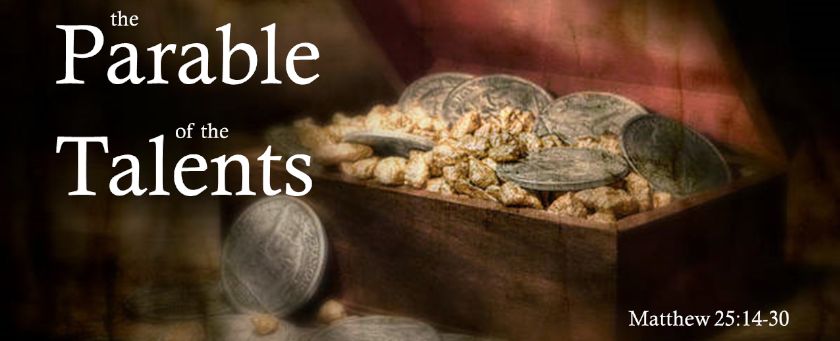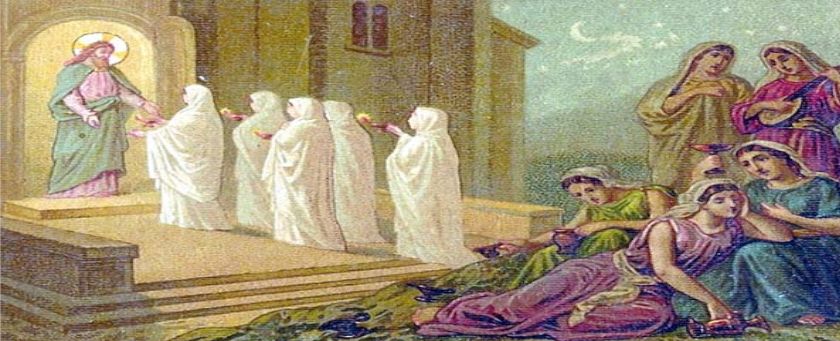Salvation is Available to All Who Believe Jesus is Lord
Twentieth Sunday of Ordinary Time, Year A

Readings:
Is. 56:1, 6-7; Ps. 67; Rom. 11:13-15, 29-32; Matt. 15:21-28
In last week’s Gospel, we heard how Jesus came walking on the water towards his disciples in the boat being tossed around by the waves. From the very beginning, the image of the boat has been used to represent the Church, with St. Peter at its helm and assisted by the disciples. With that image in mind, today’s readings focus us on who else belongs in the boat with the disciples.
The prophet Isaiah says, “The foreigners who join themselves to the Lord, ministering to him, loving the name of the Lord, and becoming his servants…them I will bring to my holy mountain and make joyful in my house of prayer.” In other words, the People of Israel are not the only people called to salvation, but also the foreigners. In those days, Gentiles who converted to Judaism were called “God Fearers,” because although they were Gentiles, they became believers in the One True God.
St. Paul seeks to unite the Jews and Gentiles together in Christ. In his letter to the Romans, he uses the faith of the Gentiles to make his own people, the Jews, jealous. If Jesus was born as one of the chosen people of Israel, then they should be all the more proud to accept him as the Gentiles have. After all, St. Paul’s mission was to the Gentiles, and he founded many churches in their cities because of the people’s faith in Christ Jesus. And so, St. Paul uses this reality as a means to unite Jews and Gentiles in the single belief that Jesus Christ is Lord, to the glory of the Father.
Today’s Gospel deals with this in a similar way, however, Matthew chooses to approach it from the perspective of the Jewish Christian. Matthew’s Gospel was written particularly for such an audience, and he uses some of the cultural norms of the day to show that salvation is also offered to the Gentiles. In this particular account, Matthew tells us that Jesus is in the region of Tyre and Sidon, which is Gentile territory. The Jewish reader might have questioned why Jesus was in a Gentile land, but that becomes clear as the story unfolds and we are introduced to a Canaanite woman, who approaches Jesus. That Matthew describes her as a “Canaanite” is a throwback to the Old Testament understanding of the people of Cana. In the Old Testament, the Canaanites are looked down upon as a sinful race, who are wicked and godless. Yet, this woman, this foreigner from Cana, calls out to Jesus saying, “Have pity on me Lord, Son of David!” What is Matthew trying to tell us about her? Well, for one, by calling Jesus ‘Lord’ and ‘Son of David,’ she is confessing that Jesus is the Messiah. Could it be that this Gentile woman, and by her example, other Gentiles, too, are showing their readiness to profess their faith in Jesus?
But, as she asks Jesus to free her daughter from torment, how does Jesus respond? He is silent. Why is he silent? Does he not hear her calling out to him? Certainly his disciples do as they try to get him to dismiss her entirely. But, Jesus does not dismiss her. He does not entertain the prospect of ignoring those who call out to him, rather, he gives them ample opportunity to reach out. The difference in attitude between Jesus, who remains silent, and the disciples, who want to dismiss her, is worth highlighting. Might the disciples be mirroring the attitude of the Jewish Christians at the time; to dismiss her because she was a foreigner; to dismiss the outsider? But, Jesus does not dismiss her, rather, he responds to her persistent plea, saying, “I was sent only to the house of the lost sheep of Israel.” He reinforces the theological mission for which he was sent: To redeem those who were lost among the chosen people of Israel. But, the woman persists, saying, “Lord, help me.” And so, Jesus seems to test her with a response that sounds something like a proverb, saying, “It is not right to take the food of the children (that is, what Jesus has to offer Israel) and throw it to the dogs (or the Gentiles).” This statement is indicative of the mindset of the early Jewish Christians. As St. Paul reminded us last week, “theirs the adoption, the glory, the covenants, the giving of the law, the worship, and the promises….” As far as they were concerned, Jesus was sent to redeem them. But, them alone and none else? Might there be room in the boat for a few more? The woman’s response to Jesus is both witty and terse, she says, “Please, Lord, for even the dogs eat the scraps that fall from the table of their masters.” At one and the same time, she acknowledges that while she is not one of the chosen people, she too, can partake of what Jesus is offering. She does so by faith, and when Jesus sees this, he commends her for her great faith and heals her daughter.
It was necessary for the early Church to reconcile these differences between cultures because they were so vastly different. And so, today’s Gospel passage, and others like it, such as the healing of the centurion’s son, seek to illustrate that salvation is available to all who believe that Jesus Christ is Lord. That is why to this day, the Catholic Church is one of the most diverse institutions in the world. We have people from all walks of life, different races, different ethnicities, different cultures, different lands, all sharing one faith, one boat, one church, one Lord and God of all. This is the beauty, the richness, and the depth of our faith. So, may our celebration of the Eucharist today unite us with the source of our salvation and help us to see the unity we share together as one people of faith in Jesus Christ, our Lord.
Given during the COVID-19 pandemic.





Share this post
Twitter
Facebook
Pinterest
Email